Learning how to wear a knee brace properly is key to protecting and preventing further injury. The right way to use one depends on which style of brace you have.
Some braces are designed to simply be slipped on your injured knee. Others have contraptions, like adjustable straps and metal bars, that require some guidance to wear correctly.
Below are the types of knee braces and the correct instructions on wearing each one. Tap on each bullet to quickly navigate the article:
How to wear a knee compression sleeve
Sleeves are often flexible and easy to wear. Its naturally snug fit helps heighten your sense of balance, without sacrificing knee mobility.
Some compression sleeves come with built-in gel packs, allowing you to do either heat or cold therapy to accelerate your recovery.
Here's how to wear one:
- Turn your sleeves inside out, with the logoed part facing inward.
- Slip the sleeve from your foot, until it covers your calf muscles.
- Grab one end near your ankle and pull it towards your knee.
- Done properly, the logoed part should now be facing outward.
- Walk around a bit and adjust its fit accordingly.
Our recommendation: The ArmaJoint knee sleeve.
How to wear hinged functional braces
This brace restrains side-to-side knee movements thanks to its metal uprights. Some also come with dials to limit how much you can straighten and bend your leg.
Due to these restrictions, hinged braces are often given to those with more serious knee injuries or post-surgery patients.
Now, hinged knee braces come in different forms. Some are essentially just knee sleeves with hinges, so you can wear them the same way. Others open up and are closed or tightened using velcro straps.
Here's how to wear the latter correctly:
- Open up the brace and place it behind your straightened knee.
- Make sure that the hinges are aligned with the crease of your joint.
- Use the velcro to wrap the upper and lower front of the brace.
- Fasten the adjustable straps for a secure fit.
How to wear a knee strap brace
This type of brace is commonly used to apply pressure on the patellar tendon and, in some models, the quadriceps tendon. Doing so helps reduce knee pain by decreasing strain on those tendons. (1)
Simply put on the brace by:
- Wrapping the brace right below your kneecap.
- Make sure that the cushioned pad is sitting directly on your tendon.
- Tighten the straps until you feel some compression.
- Squat a couple of times to check if your pain level has reduced.
- Adjust accordingly if necessary.
How to wear a patellar tracking orthosis brace
Also known as a PTO brace, it provides pain relief by keeping an optimal alignment on your knee cap during movement. (2)
It typically features a circular opening in front and extra straps on the outer side to provide a consistent corrective force in your knee cap.
Here's how you can wear a PTO brace:
- Slide the brace towards your knee.
- Place your knee cap right in the center of the circular opening.
- Use the outer side of your knee cap as an anchor to pull the straps in place.
4 useful tips when using your knee brace
A good knee brace is one that you can comfortably wear anytime. Check the following tips below to make wearing one less of a hassle.
1) Choose comfy clothes
Wearing shorts or loose-fitting garments makes it easier to put on and remove a knee brace. They also allow it to be worn directly on your skin, giving a good hold around your injured leg.
Some might consider wearing their brace over jeans or leggings. It's doable, as long as it doesn't become loose or slip easily from your pant's fabric.
2) Gradually increase your wearing duration
Set a schedule when wearing your knee brace. This allows your skin and muscles to adapt, reducing your chance of developing red marks or rashes.
Unless ordered by a medical professional, wear one a couple of hours per day or only during the activities you need it most. Add another hour the next day until you become used to it.
3) Inspect your skin with every use
The appearance of your skin tells you whether your brace fits you well or not.
A pinkish discoloration is normal if it goes away after a few minutes. But having blisters, redness, or bruises can be your sign to reapply the brace or buy a better-fitting one instead.
4) Consistently clean and maintain your brace
With continued use, a brace can get worn down, lose its function, and, well, smell bad. So have a regular schedule on when to wash it and check for any potential minor repairs.
The time and effort that you put in do good to ensure you safely recover from your knee injury while also getting your money's worth from your brace.
FAQs
How long should you wear a knee brace during the day?
How long you should wear your knee brace during the day will depend on your activities. You need to wear one all the time if you walk a lot, but not so much if you tend to sit all day.
How tight should my knee brace be?
Your knee brace should be tight enough that it doesn't fall off easily but you should also still be able to fit two fingers inside it.
Should I sleep in a knee brace?
You should sleep with your knee brace on if it was advised by your doctor or physical therapist. If not, better take it off before you sleep.
Conclusion: How are you supposed to wear a knee brace?
The right way to wear a knee brace depends on its style and features. Some types you can simply slide into your knee, while others use straps to give a lockdown fit.
Remember to follow your doctor's instructions on when to wear one or use it as needed to maximize your recovery.
Resources
- de Vries, A et al. “Effect of patellar strap and sports tape on pain in patellar tendinopathy: A randomized controlled trial.” Scandinavian journal of medicine & science in sports vol. 26,10 (2016): 1217-24. DOI: 10.1111/sms.12556
- Powers, Christopher M et al. “The effect of bracing on patella alignment and patellofemoral joint contact area.” Medicine and science in sports and exercise vol. 36,7 (2004): 1226-32. DOI: 10.1249/01.mss.0000132376.50984.27

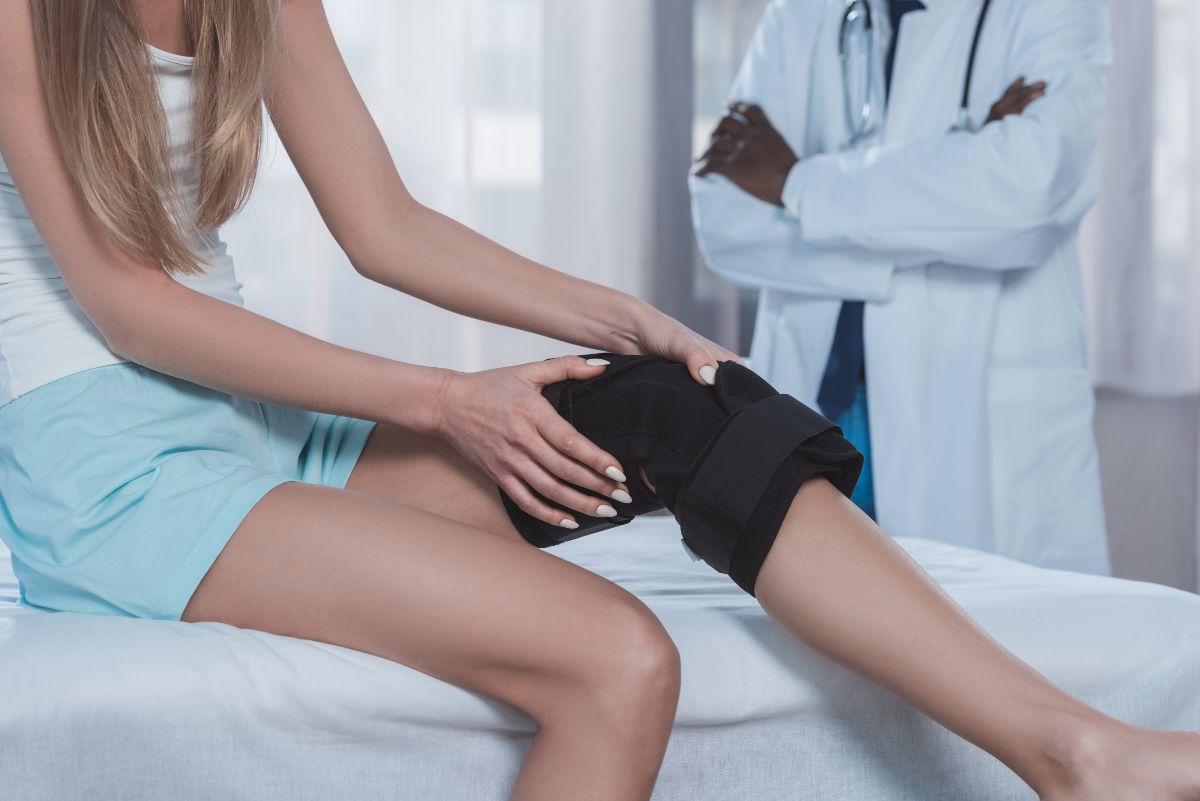

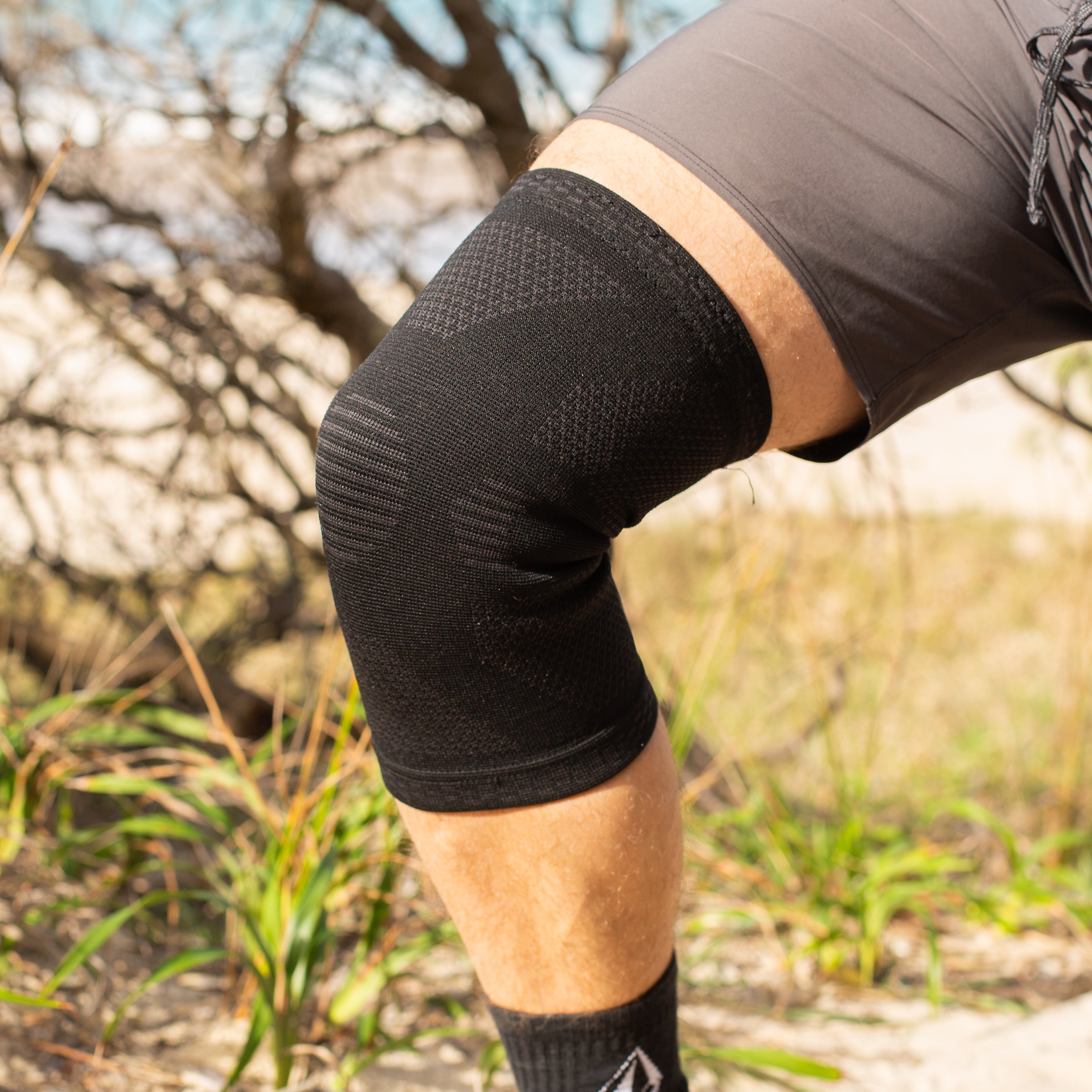
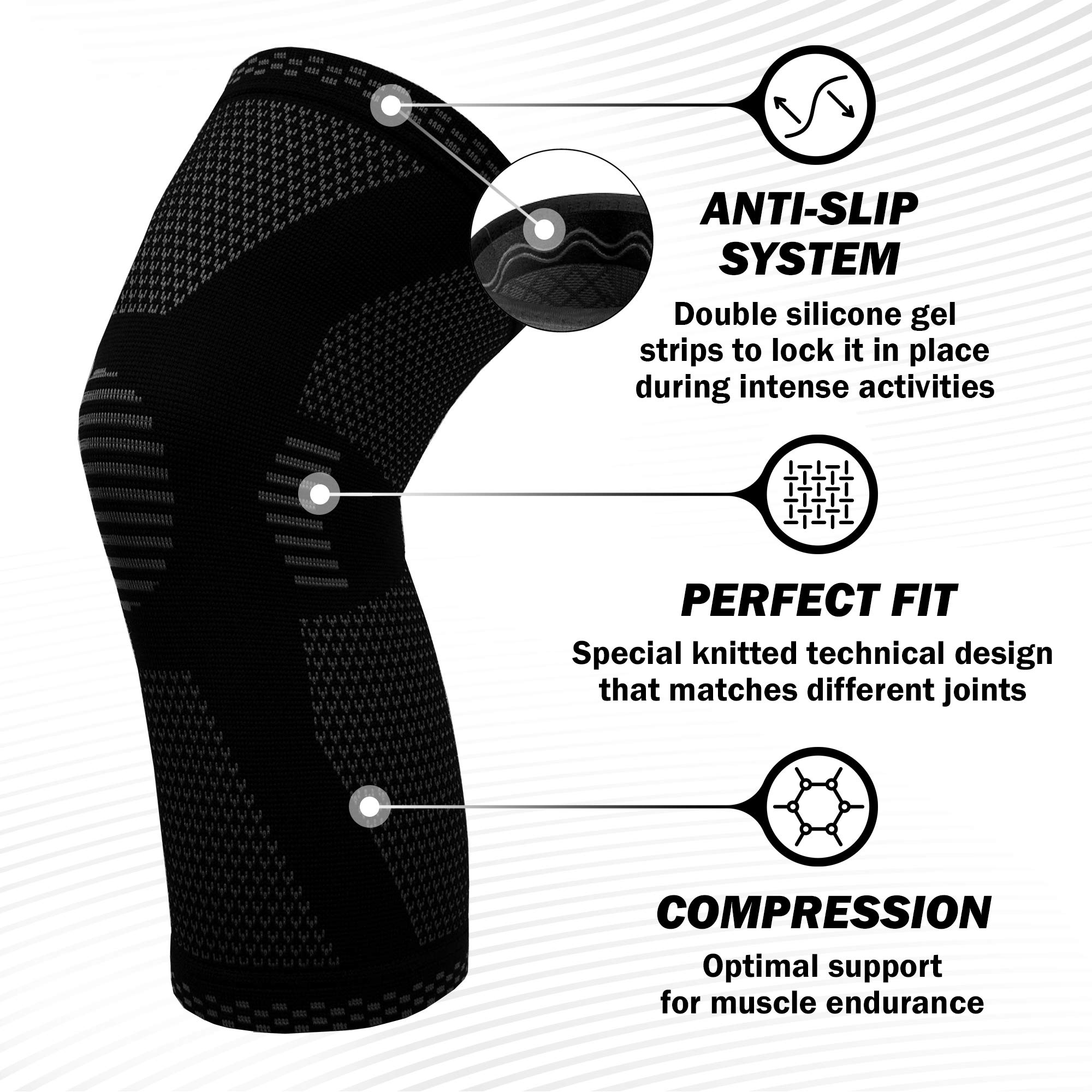
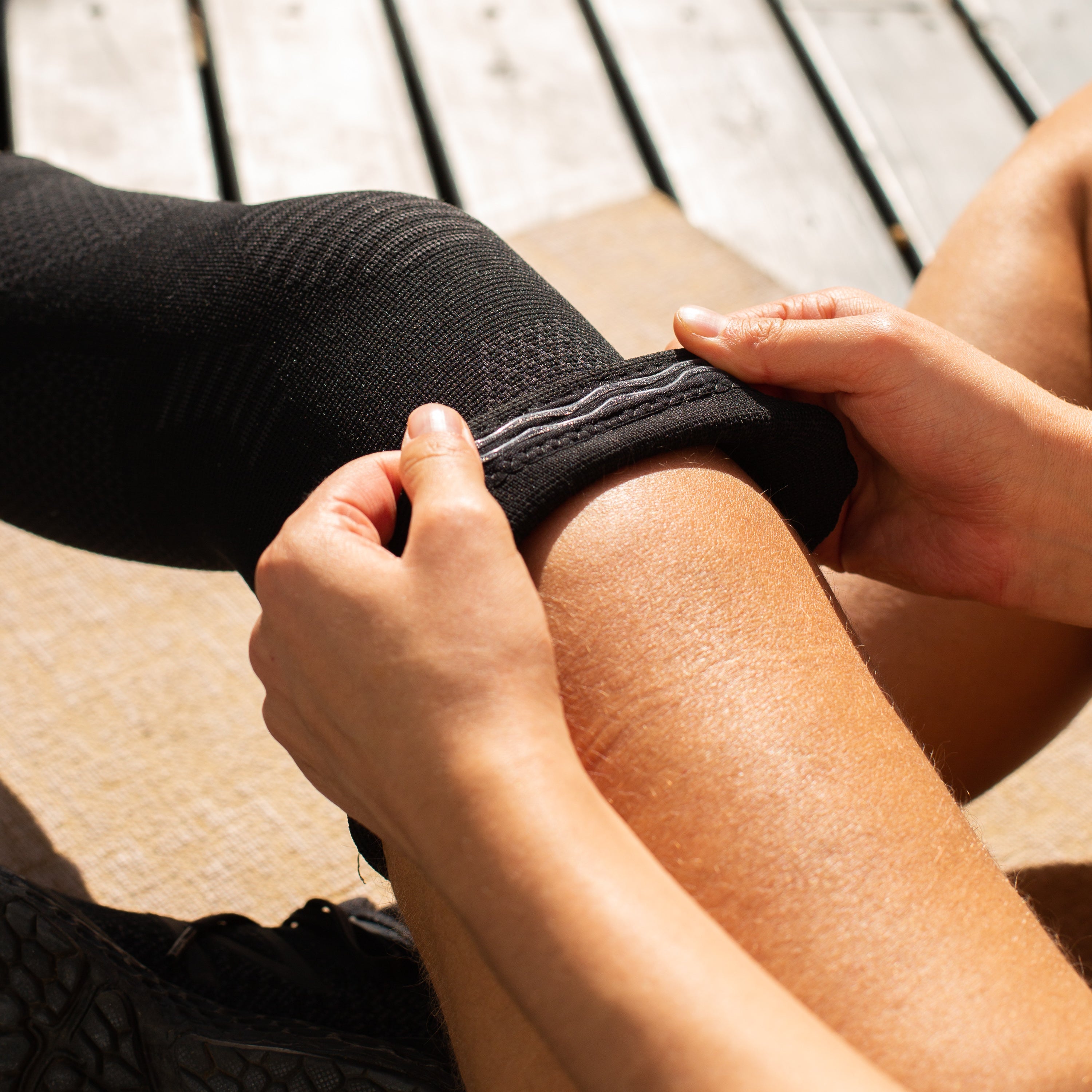
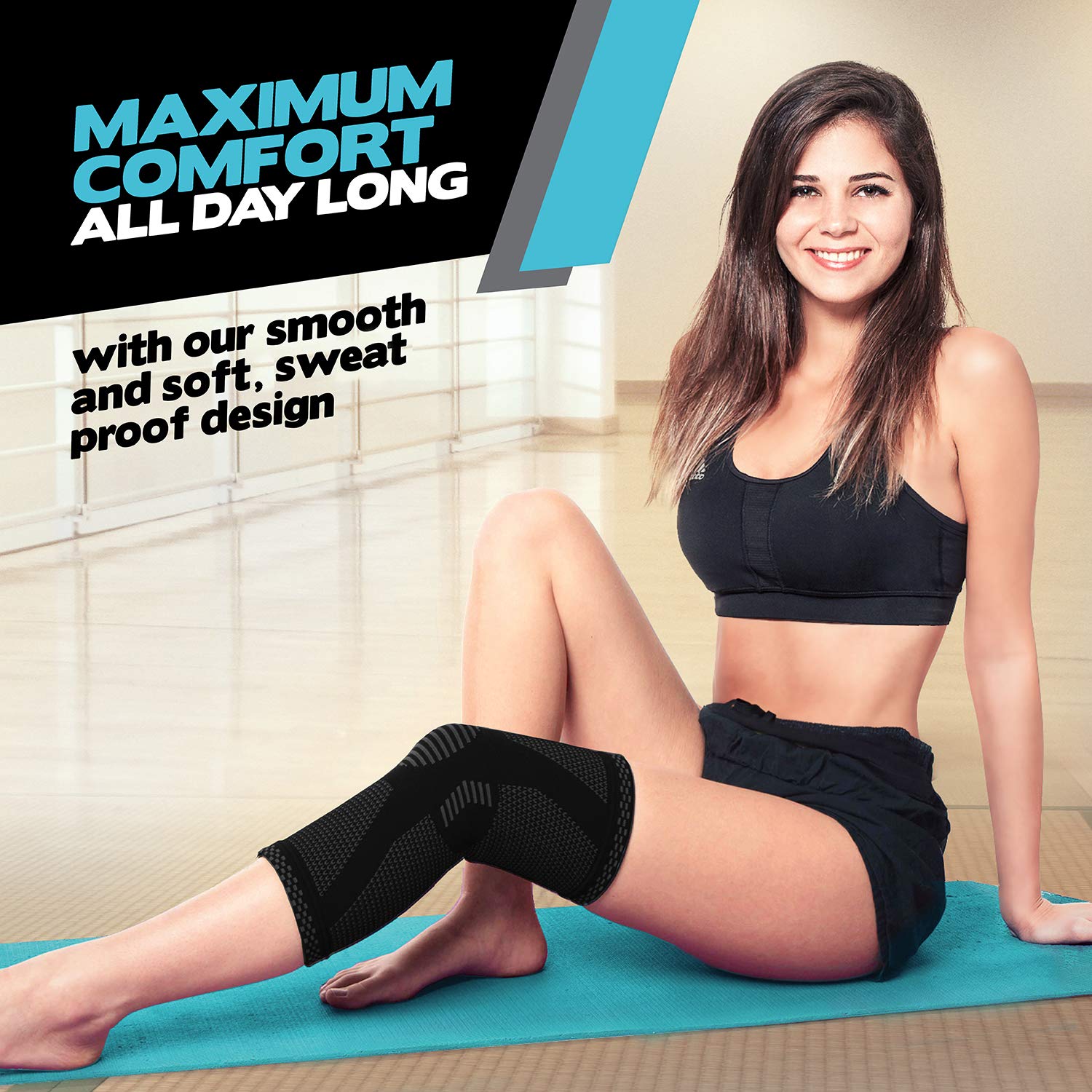
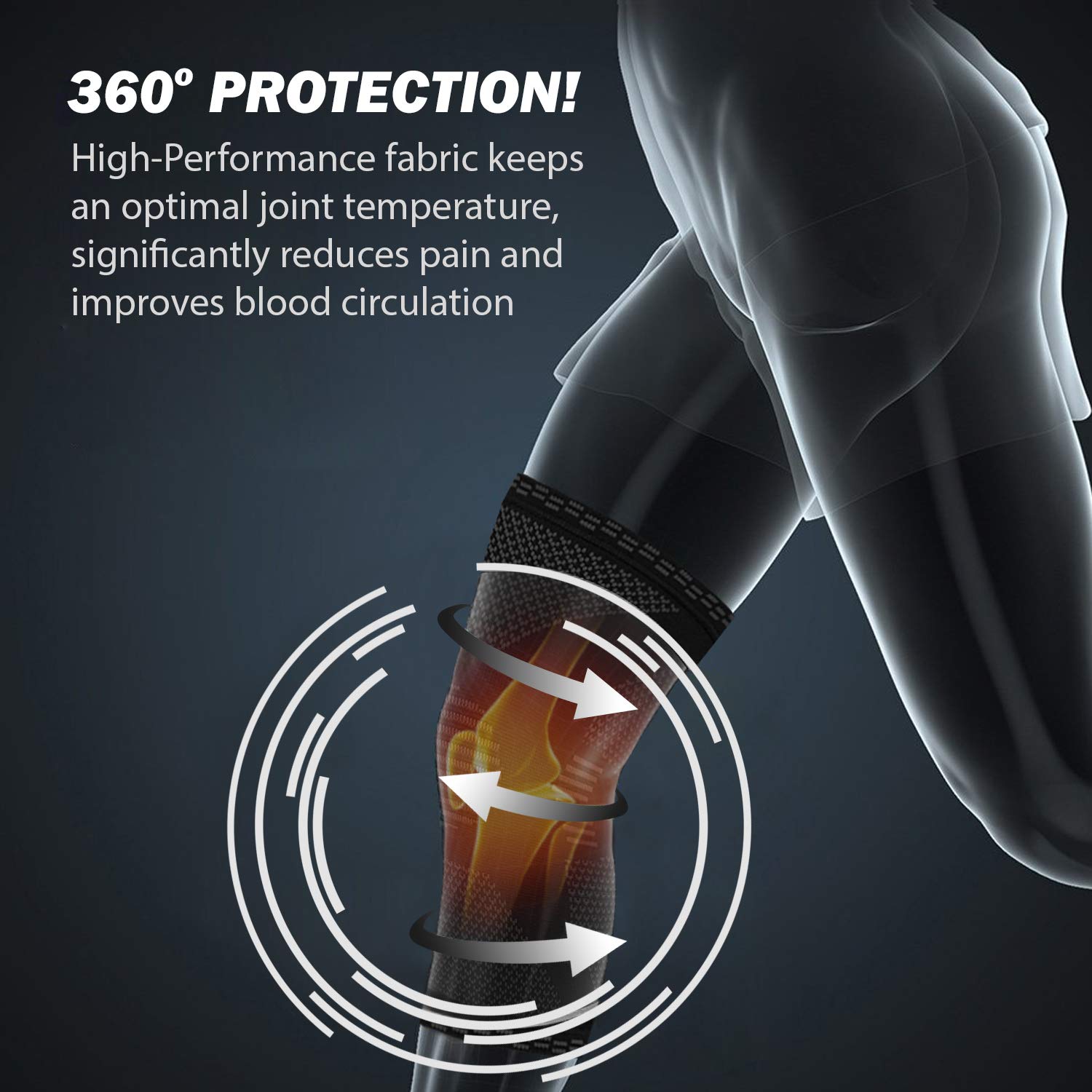
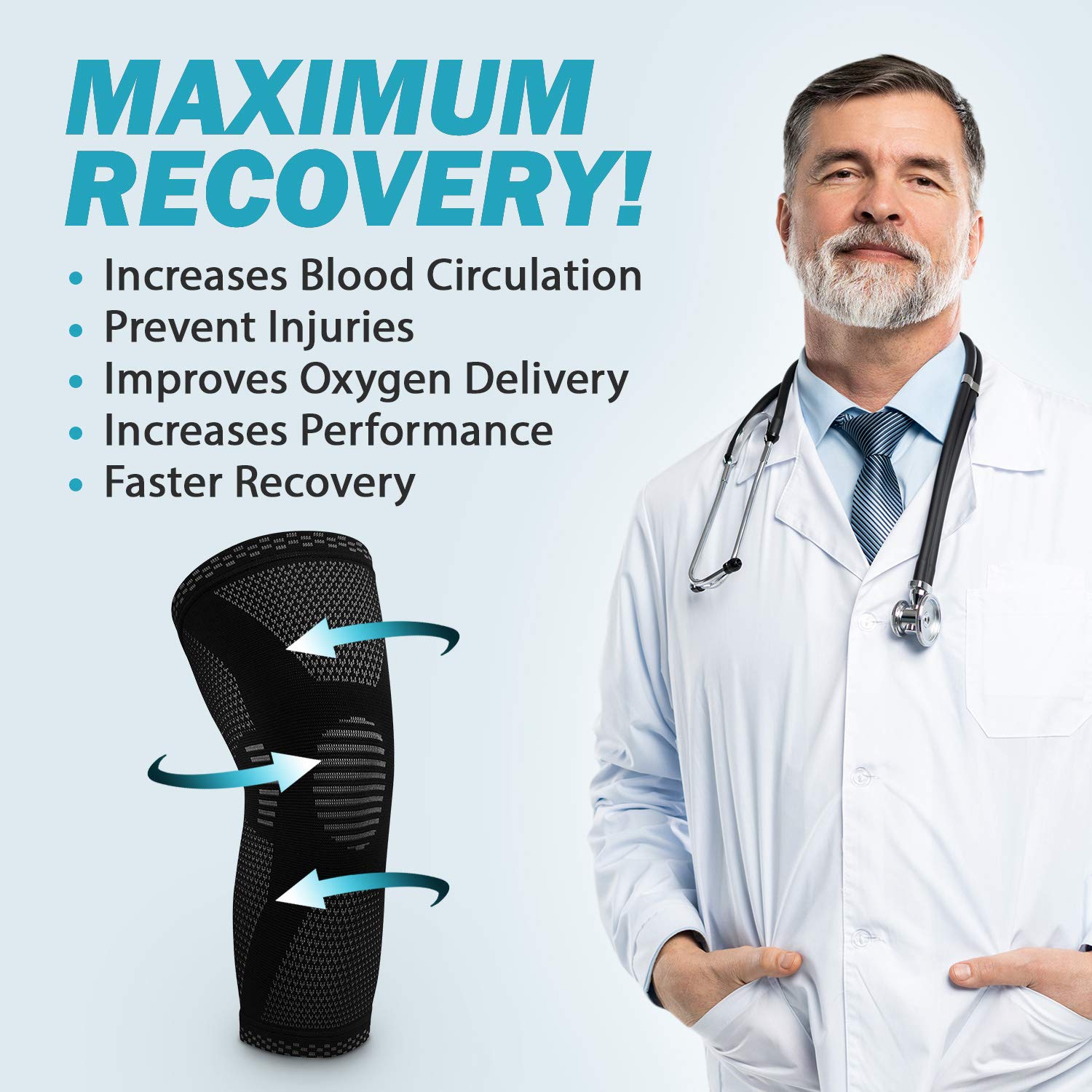
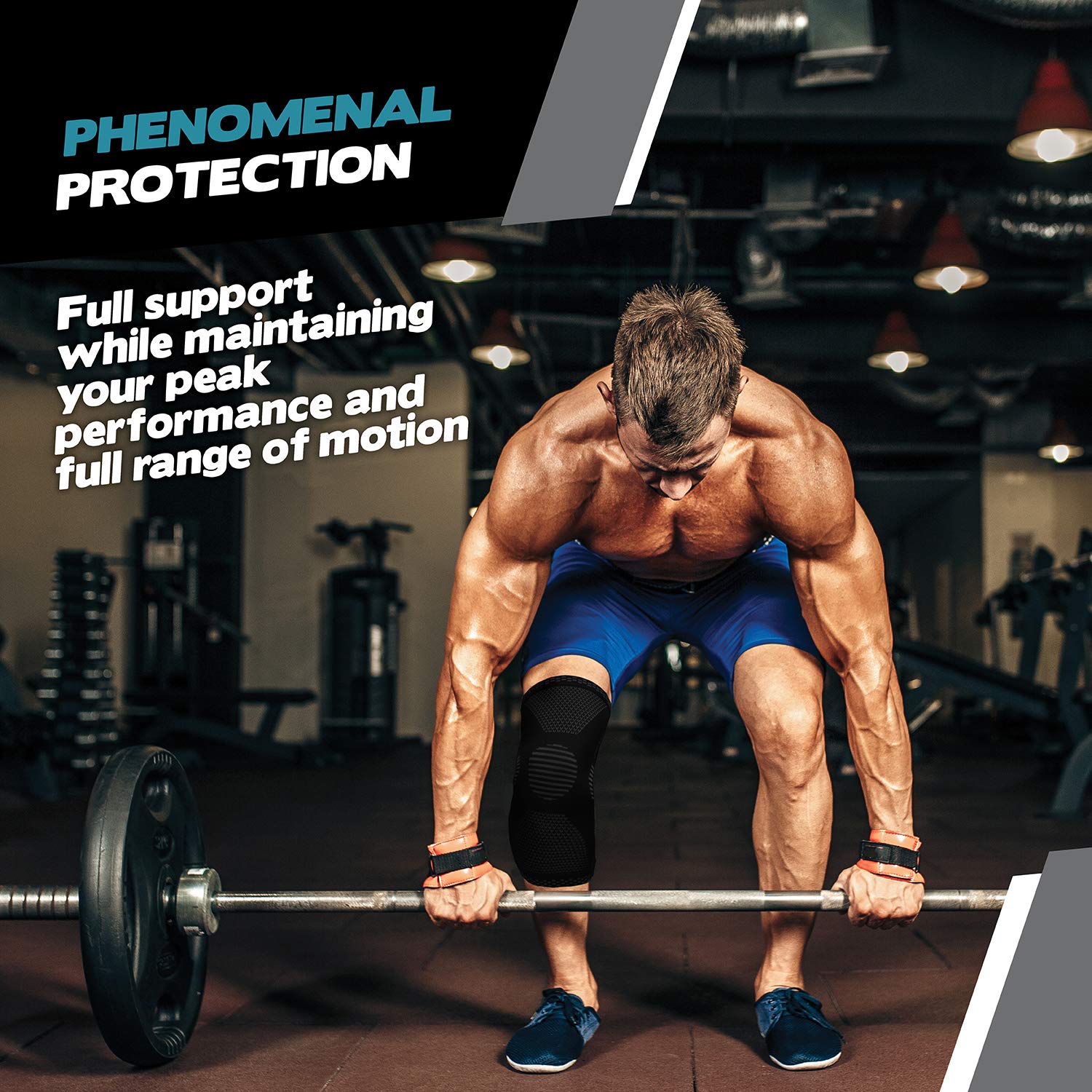

Share and get 15% off!
Simply share this product on one of the following social networks and you will unlock 15% off!